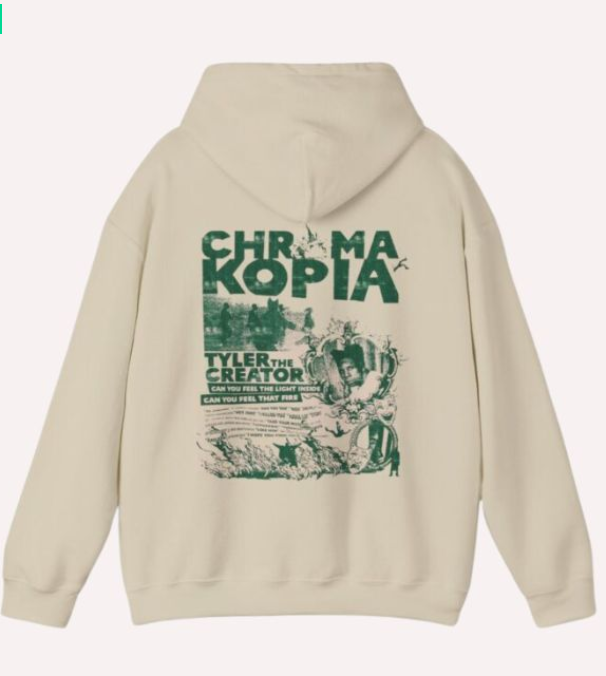Traveling to Myanmar is an exciting experience. The country offers a mix of golden temples, lively markets, serene rivers, and ancient ruins. If you’re planning your first visit, knowing what to pack can make your trip smoother and more enjoyable. Unlike destinations with predictable facilities, Myanmar still has areas where travelers need to be self-sufficient. A well-thought-out packing list saves you from unnecessary stress and helps you focus on exploring.
This guide will walk you through the most important essentials to pack for your Myanmar adventure, from clothing and footwear to health items, gadgets, and small but critical extras that many first-time visitors overlook.
Clothing That Fits the Climate and Culture
Myanmar is hot for most of the year, with temperatures climbing into the high 30s Celsius (90s Fahrenheit) in many regions. However, some areas like Inle Lake and Kalaw can be cooler, especially at night. Pack clothes that are versatile for both heat and occasional chill.
- Lightweight, breathable fabrics: Cotton or moisture-wicking fabrics are best. You’ll sweat a lot while sightseeing, so avoid heavy materials.
- Modest outfits: Myanmar is a deeply religious country. When visiting temples or pagodas, both men and women should cover shoulders and knees. A few pairs of long, loose trousers and lightweight tops with sleeves will serve you well.
- Layers for cooler areas: A light jacket or cardigan is useful if you’re heading to higher altitudes. Nights in Shan State, for example, can get chilly.
- Rain protection: If you’re visiting during the monsoon season (May to October), pack a foldable rain jacket or poncho and a small umbrella.
Having a balance of comfort and respect for local culture ensures that you won’t feel out of place or restricted in your clothing choices.
Footwear for Different Terrains
Your shoes will determine how comfortable you are as you move around the country.
- Comfortable walking shoes or sneakers: You’ll spend hours exploring pagoda complexes and city streets. Pick shoes that are broken in and easy to walk long distances in.
- Slip-on sandals or flip-flops: Temples and pagodas require you to remove footwear before entering. Slip-on shoes save you time and effort.
- Sturdier sandals: If you plan to trek in rural areas or spend time on riverbanks, opt for sandals with straps and good grip.
It’s worth having at least two pairs of footwear—one for walking and one for quick temple visits.
Health and Hygiene Items
While pharmacies are common in cities like Yangon and Mandalay, the brands and quality may not always be what you’re used to. Bring what you need so you don’t have to hunt for essentials.
- Prescription medication: Carry enough for your entire trip, plus a little extra in case of delays.
- Basic first-aid kit: Include bandages, antiseptic wipes, and medication for stomach upsets, which are common among travelers adjusting to local food.
- Hand sanitizer and wet wipes: Handy for street markets, bus stations, and long train journeys.
- Mosquito repellent: Malaria is rare in tourist areas, but dengue fever is present in some regions. Protect yourself with repellent and consider bringing a mosquito net if staying in budget accommodations.
- Sunscreen and lip balm: The tropical sun is strong. A hat and sunglasses also help.
Being proactive about your health not only prevents discomfort but also ensures your trip isn’t interrupted by avoidable issues.
Travel Gadgets and Electronics
Myanmar has modernized quickly in recent years, but reliable access to electricity and internet can still be patchy, especially in smaller towns.
- Universal adapter: Myanmar uses multiple plug types, so a universal travel adapter is essential.
- Power bank: Long train rides or overnight buses often mean hours without charging points. A power bank keeps your phone and camera ready.
- Unlocked smartphone with local SIM card: Local SIMs are inexpensive and provide surprisingly good coverage in cities.
- Camera gear: Myanmar’s landscapes and temples are photogenic. A small tripod is useful for sunrise shots in Bagan or night scenes in Yangon.
- Headlamp or flashlight: Power outages are not uncommon, and rural areas may have limited street lighting.
With the right gadgets, you’ll stay connected and capture memories without frustration.
Important Travel Documents
It’s easy to get caught up in packing clothes and gear, but your documents deserve the same attention.
- Passport with valid visa: Apply for your Myanmar visa before arrival if required. Many travelers use the eVisa system. Double-check expiration dates.
- Printed copies of bookings: Some hotels ask for a printed confirmation. Don’t rely solely on your phone.
- Travel insurance papers: Essential for medical coverage in case of emergencies.
- Passport photos: Useful for permits if you plan to travel in restricted areas.
- Emergency contact list: Include both personal contacts and your embassy’s details.
For travelers still navigating entry requirements, referring to a Myanmar Tourist Visa guide before your trip helps clear up confusion and ensures you arrive prepared.
Money and Payment Essentials
Myanmar is still transitioning into widespread digital payments. Cash remains the norm, especially outside major cities.
- US dollars in pristine condition: Many banks and money changers only accept crisp, new bills. Even slight tears or marks can lead to rejection.
- Local kyat currency: You’ll need kyat for daily purchases. Exchange money at banks or reliable exchange counters rather than on the street.
- Multiple bank cards: ATMs are more common now but can occasionally run out of cash. Carry at least two cards in case one doesn’t work.
- Small denominations: Keep smaller notes for taxis, street food, and tips.
Being financially prepared prevents awkward moments and ensures smoother transactions throughout your trip.
Day-to-Day Practical Items
Small, everyday items often end up being the most useful.
- Reusable water bottle: Many hotels provide filtered water. Refilling reduces plastic waste.
- Travel towel: Quick-dry towels come in handy at hostels or for unexpected swims.
- Small backpack or day bag: Perfect for carrying water, snacks, and a camera while sightseeing.
- Guidebook or offline map app: Wi-Fi isn’t always reliable. Having offline resources helps with navigation.
- Notebook and pen: Useful for jotting down directions, local phrases, or travel memories.
These little extras often turn into lifesavers when navigating a new country.
Special Considerations for Myanmar
Every destination has quirks that affect what travelers should pack. For Myanmar, here are a few extra points to keep in mind:
- Temple socks: If hot ground makes barefoot walking uncomfortable, carry a thin pair of socks specifically for temples.
- Gift items: Small tokens like postcards or keychains from your home country can be nice gestures if you’re staying with locals.
- Laundry supplies: Many guesthouses offer laundry, but in rural areas you may need to wash clothes yourself. A small detergent pack helps.
- Entertainment for long journeys: Trains and buses in Myanmar can take much longer than expected. Bring a book, download podcasts, or store movies offline.
Final Thoughts
Packing for Myanmar is about balancing comfort, cultural respect, and practicality. Light clothing, modest outfits, and sturdy footwear will keep you comfortable in temples and cities alike. A good health kit prevents small issues from becoming big ones. Reliable gadgets, power banks, and documents ensure you’re prepared for long journeys and occasional disruptions.
Myanmar is still one of the most rewarding places to explore in Southeast Asia. By packing smartly, you’ll save time, avoid stress, and focus on what matters most—experiencing the golden temples of Bagan, the calm waters of Inle Lake, and the vibrant streets of Yangon.
A little preparation goes a long way, and with these essentials in your bag, you’re ready for an unforgettable adventure.


